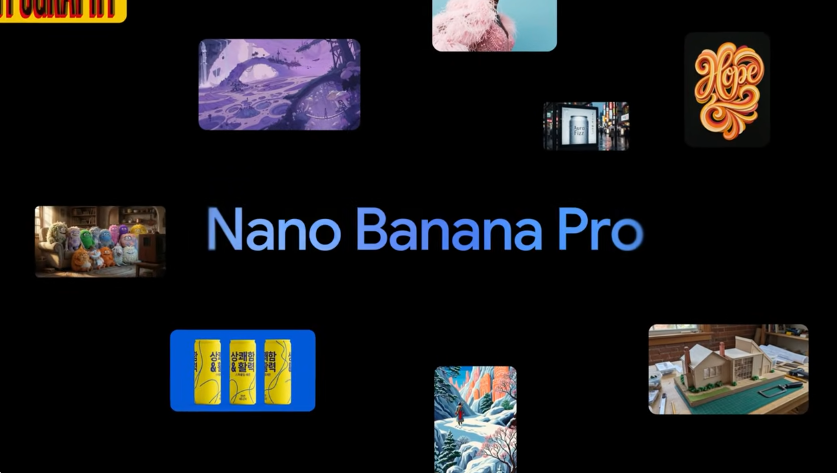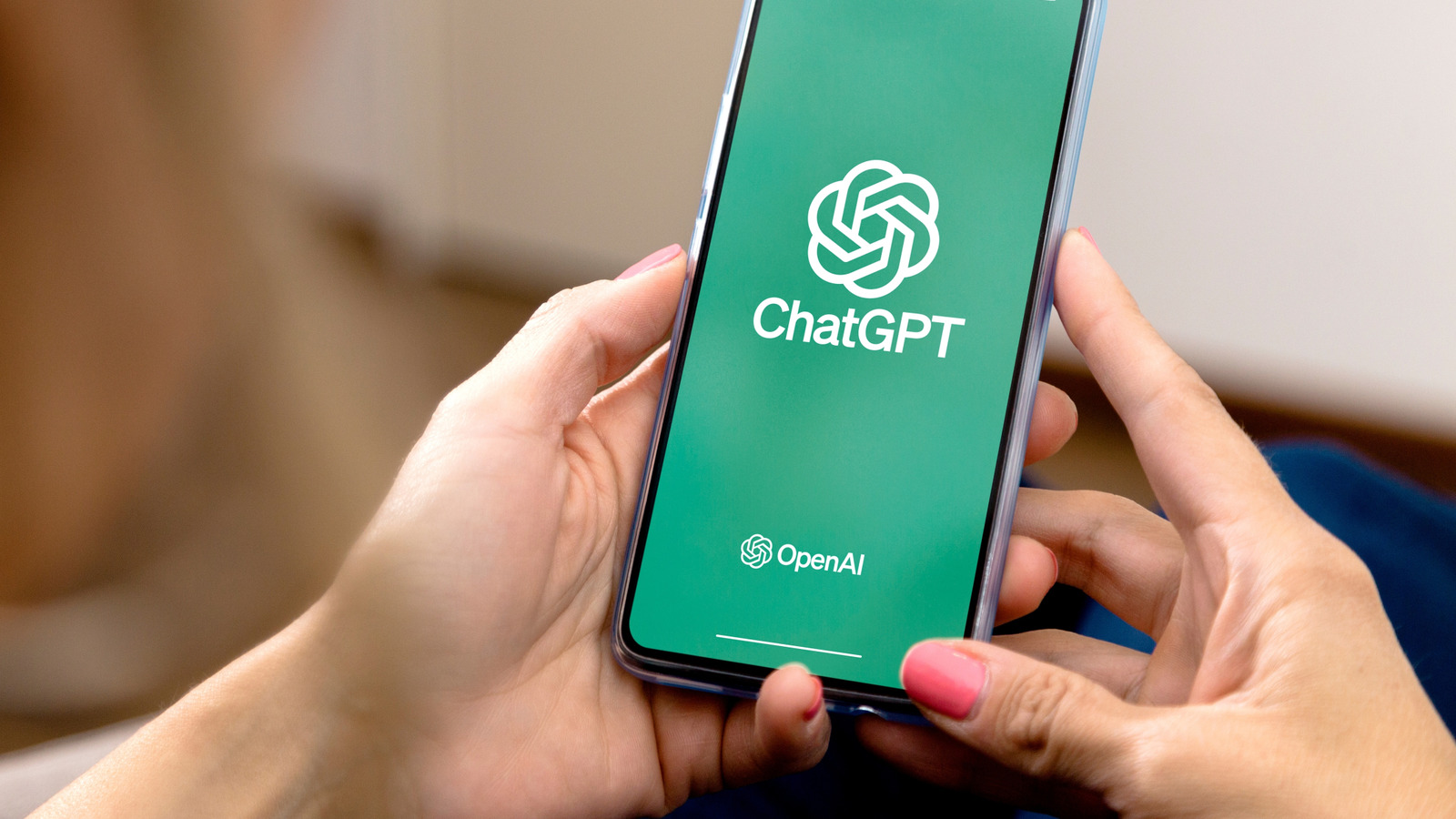Three months after releasing its Nano Banana image generator, Google LLC today introduced an improved version that is better at generating complex content such as infographics.
The new model is called Nano Banana Pro. It will be available for free in Google’s Gemini artificial intelligence app. Enterprises and consumers with paid Google accounts will receive higher rate limits, as well as the ability to remove the Gemini watermark from images.
One of the original Nano Banana model’s flagship selling points is a feature dubbed multi-turn editing. Users can ask the algorithm to generate a visual asset, then iteratively refine it with a series of follow-up prompts. Nano Banana can add new elements to an image, remove existing objects and carry over styles found in other images.
Nano Banana Pro adds reasoning features that allow it to find information using Google Search. According to the company, that capability makes it easier to generate educational content. If a user asks Nano Banana Pro to create an infographic that explains large language models, the algorithm could fetch an explanation from the web.
Compared with the original Nano Banana, the text Nano Banana Pro generated is not only more informative but also easier to read. Furthermore, the model can translate that text to other languages. A brand launching an international marketing campaign, for example, could use the feature to automatically localize its ads.
“Nano Banana Pro is the best model for creating images with correctly rendered and legible text directly in the image, whether you’re looking for a short tagline, or a long paragraph,” Google DeepMind product manager Naina Raisinghani wrote in a blog post today.
Rounding out the list of enhancements in Nano Banana Pro is a set of new design controls. Users can now customize details such as the camera angle the AI simulates when it generates an image, lighting conditions and color grading. Furthermore, Nano Banana Pro can be instructed to output files with a specific aspect ratio.
Visuals generated by the model contain an invisible watermark that indicates they were created with AI. According to Google, a new feature in the Gemini app enables users to scan images for that watermark. The company plans to upgrade the feature with support for audio and video files “soon.”
Nano Banana Pro also embeds a visible watermark into images generated by Google users with free accounts and Google AI Pro subscriptions. According to the company, there’s no watermark in the pricier Google AI Ultra plan and Google AI Studio. The latter service enables developers to embed Nano Banana Pro into their applications.
The model is also available in several other Google products. One of them is Antigravity, the AI-powered code editor the search giant debuted earlier this week. Google envisions developers using Nano Banana Pro for tasks such as generating application interface designs. Additionally, the model is available in Google Ads’ built-in graphics generator and the Flow AI filmmaking tool.
Nano Banana Pro is rolling out seven months after OpenAI Group PBC debuted its newest image generator. Like Google’s latest model, gpt-image-1 is better than its predecessor at generating text and educational content such as infographics.
Image: Google
Support our mission to keep content open and free by engaging with theCUBE community. Join theCUBE’s Alumni Trust Network, where technology leaders connect, share intelligence and create opportunities.
- 15M+ viewers of theCUBE videos, powering conversations across AI, cloud, cybersecurity and more
- 11.4k+ theCUBE alumni — Connect with more than 11,400 tech and business leaders shaping the future through a unique trusted-based network.
About News Media
Founded by tech visionaries John Furrier and Dave Vellante, News Media has built a dynamic ecosystem of industry-leading digital media brands that reach 15+ million elite tech professionals. Our new proprietary theCUBE AI Video Cloud is breaking ground in audience interaction, leveraging theCUBEai.com neural network to help technology companies make data-driven decisions and stay at the forefront of industry conversations.








